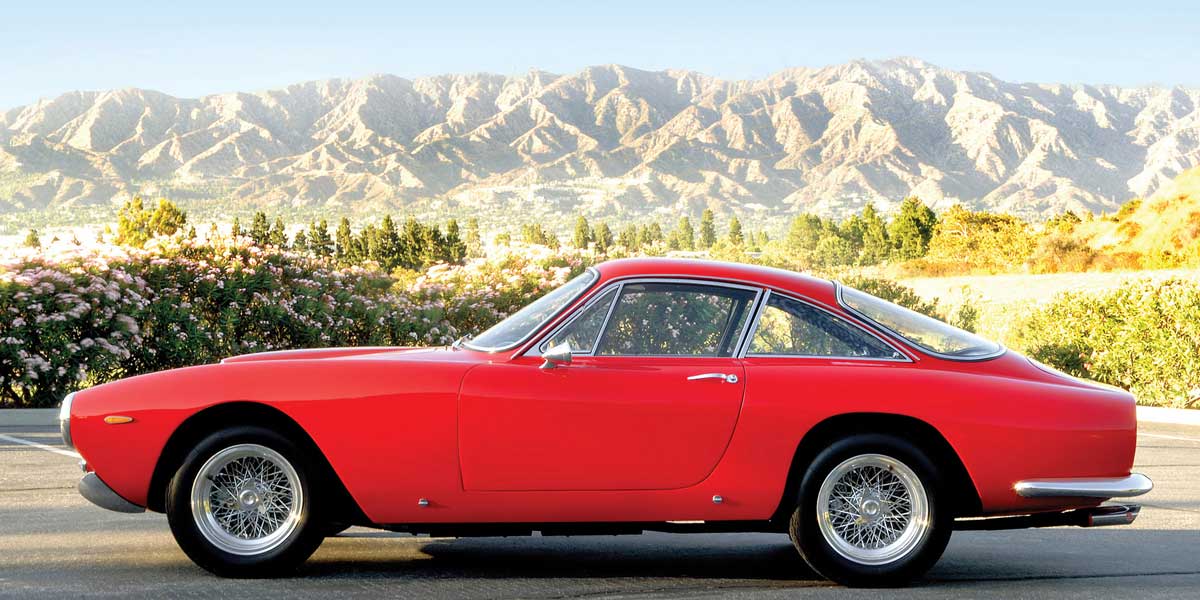
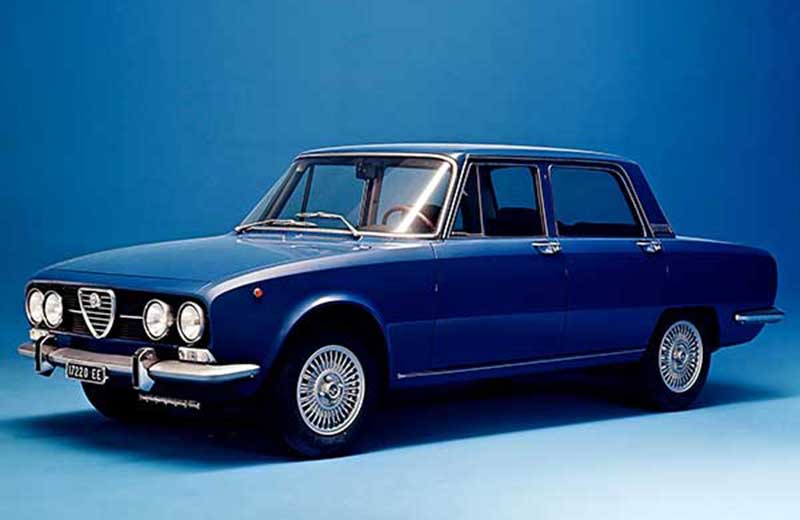
1974 Alfa Romeo 2000 Berlina
an Italian term refering to a motor car with enclosed
seating space for the driver and at least three passengers. In America,
a sedan refers to a covered car for four or more people. The British
equivalent is a saloon.
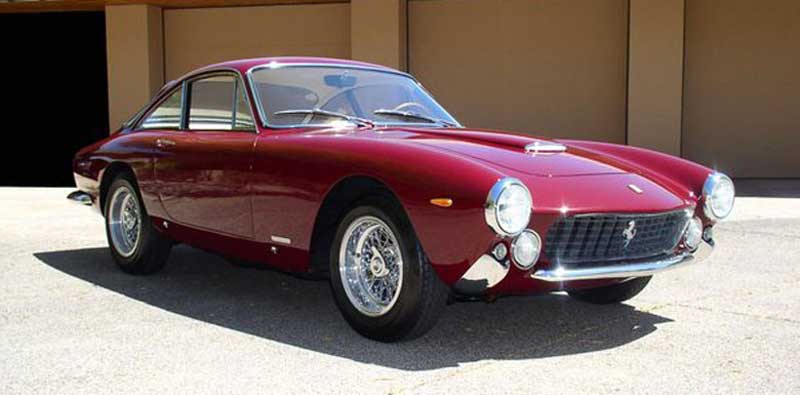
1963 Ferrari 250 GT Berlinetta Lusso 2+2 Coupe
an Italian word refering to a sports coupé,
typically with two seats but also including 2+2 (four seats) cars. The
original meaning for berlinetta in Italian is 'little saloon'.
Introduced in the 1930s, the term was popularized by Ferrari in the
1950s.
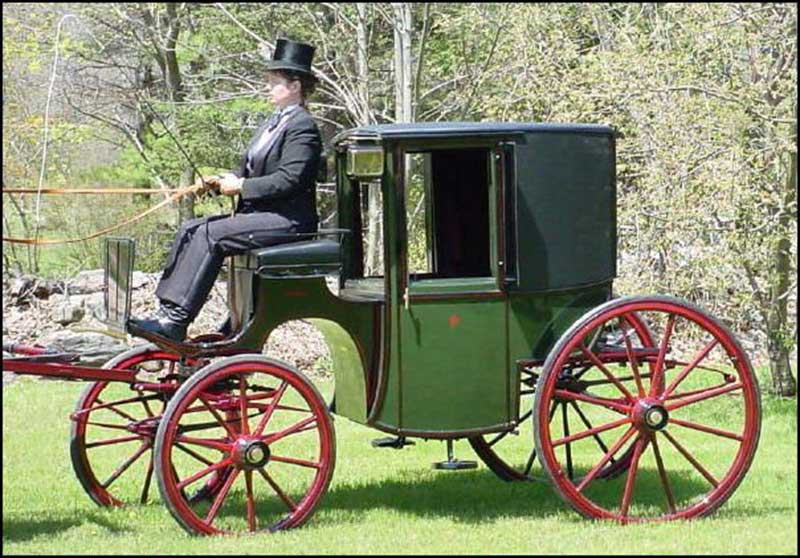
19th century Brougham Carriage
a brougham (pronounced "broom" or "brohm") was a
light, four-wheeled horse-drawn carriage built in the 19th century. It
was named after the politician and jurist Lord Brougham, who had this
type of carriage built to his specification by London coachbuilder
Robinson & Cook in 1838 or 1839. It had an enclosed body with two
doors, like the rear section of a coach; it sat two, sometimes with an
extra pair of fold-away seats in the front corners, and with a box seat
in front for the driver and a footman or passenger. Unlike a coach, the
carriage had a glazed front window, so that the occupants could see
forward. The forewheels were capable of turning sharply. A variant,
called a brougham-landaulet, had a top collapsible from the rear doors
backward.
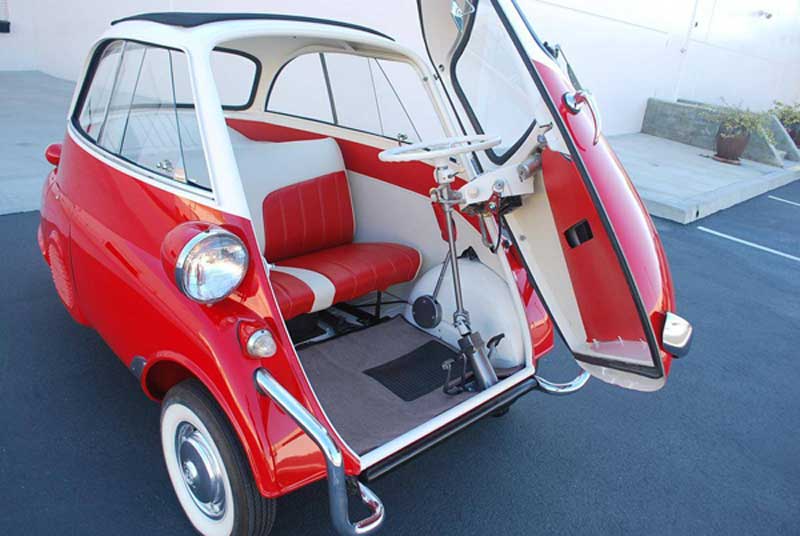
1957 BMW Isetta Model 300
The Isetta, designed and first manufactured in 1953
by Italian motor scooter and motorcyle builder Iso, was the company's
first four wheel car. Because of its egg shape and bubble-like windows,
it became known as a bubble car, a name later given to other similar
microcars.
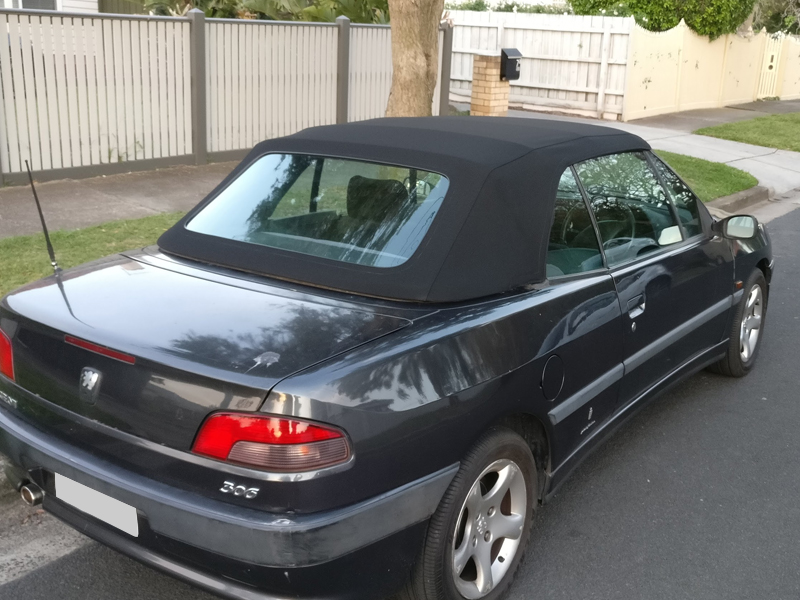
2002 Peugeot 306 Cabriolet
a cabriolet is a passenger car that can be driven
with or without a roof in place. The methods of retracting and storing
the roof vary between models. A convertible allows an open-air driving
experience, with the ability to provide a roof when required. The term
cabriolet originated from "a light, two-wheeled, one-horse carriage
with a folding top, capable of seating two persons", however the term
is also used to describe other convertibles these days. Other terms for
convertibles include cabriolet, cabrio, drop top, open two-seater, open
top, rag top, soft top, spider, spyder, runabout and roadster. Spider
or spyder was usually a European term, for what was known as a roadster
in America.
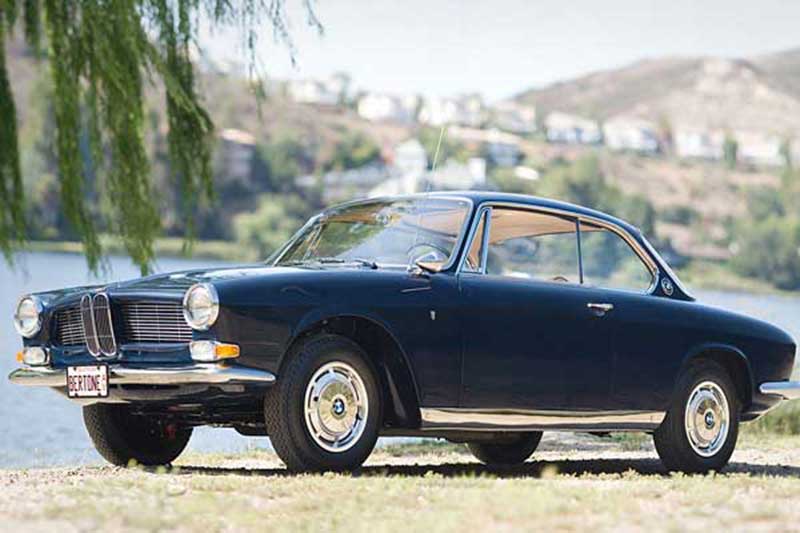
1962 BMW 3200 CS Coupé
a coupé (pronounced 'coop-ey'; 'coop' in
Amercia) is a passenger car with a sloping rear roofline and generally
two doors. Coupé was first applied to horse-drawn carriages for
two passengers without rear-facing seats. The term coupé comes
from the French translation of "cut".
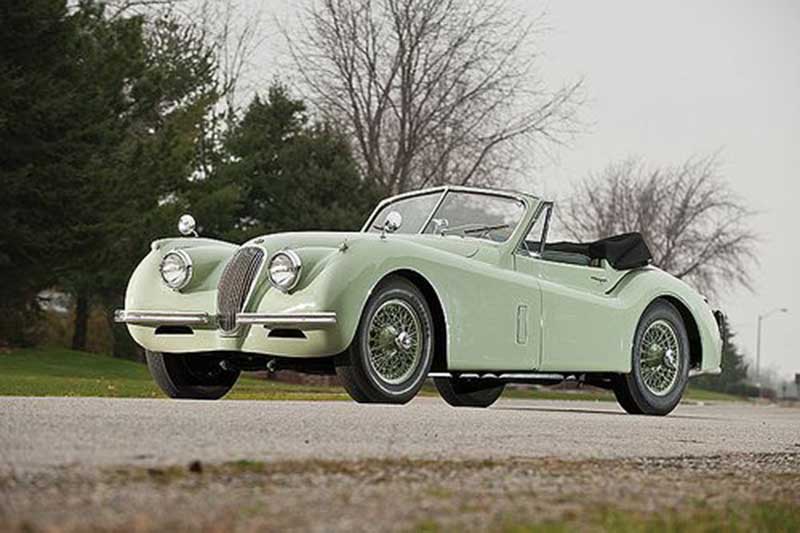
1954 Jaguar XK120 Drophead Coupé
a British term for a four-seated sports
car with two doors, a folding roof and a sloping rear; a soft top.
Conversely, a coupé without a fixed roof and a sloping rear was
refered to as a fixed head coupé.
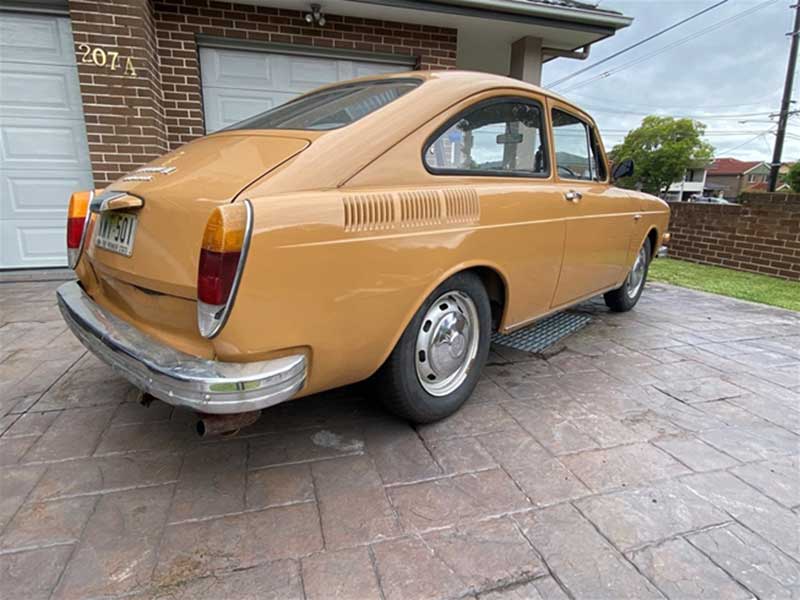
1970 Volkswagen Type 3 Fastback
an automotive styling feature which is defined by the
rear of the car having a single slope from the roof to the rear bumper.
Some models (such as the Ford Mustang) have been specifically marketed
as a fastback, often to differentiate the model from other body styles
(e.g. coupe models) in the same model range. Road & Track magaine
have defined the fastback as "A closed body style, usually a coupe but
sometimes a sedan, with a roof sloped gradually in an unbroken line
from the windshield to the rear edge of the car. A fastback naturally
lends itself to a hatchback configuration and many have it, but not all
hatchbacks are fastbacks and vice versa."
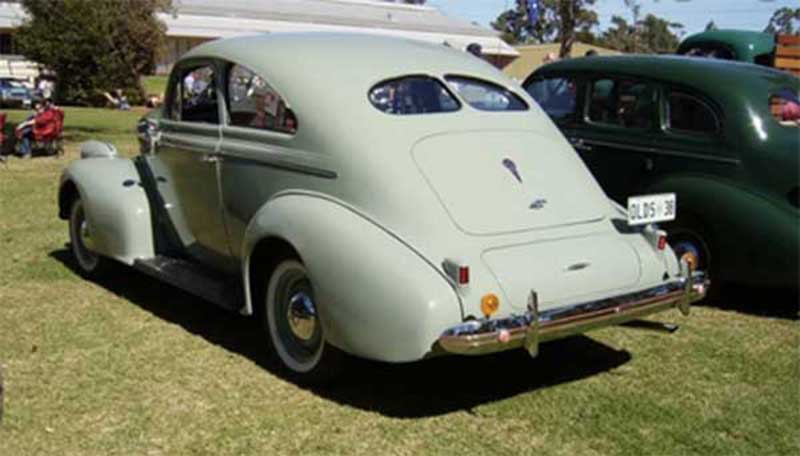
1938 Oldsmobile Sloper
In Australia, fastback cars were first known as the "sloper" and began
to be introduced in 1935. It was first designed by General Motors'
Holden as one of the available bodies on Oldsmobile, Chevrolet, and
Pontiac chassis. The sloper design was added by Richards Body Builders
in Australia to Dodge and Plymouth models in 1937, by Ford Australia in
1939 and 1940, as well as a sloper style made on Nash chassis.
According to automotive historian G.N. Georgano, "the Slopers were
advanced cars for their day.
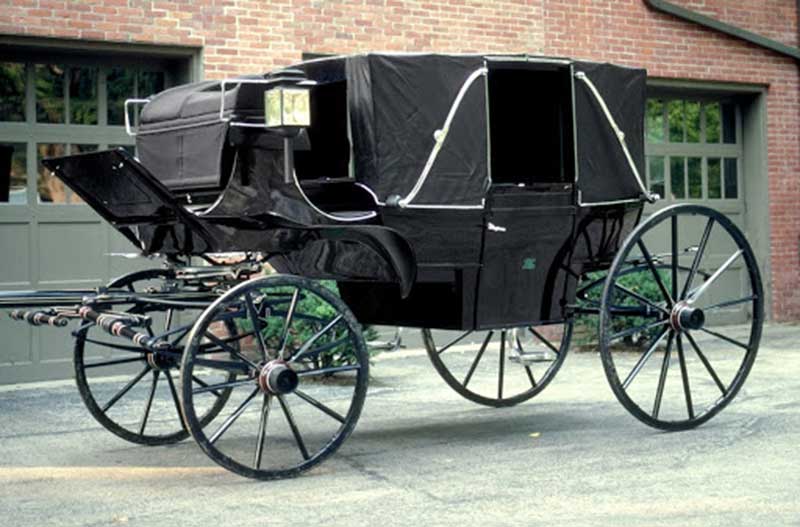
Landau carriage
a landau is a coachbuilding term for a type of
four-wheeled, convertible carriage. It was a city carriage of luxury
type. The low shell of the landau provides maximal visibility of the
occupants and their clothing, a feature that makes a landau still a
popular choice for the Lord Mayors of certain cities in the United
Kingdom on ceremonial occasions. A landau is lightweight and suspended
on elliptical springs. It was invented in the 18th century; landau in
this sense is first noted in English in 1743. It was named after the
German city of Landau in the Rhenish Palatinate where they were first
produced. Lord, Hopkinson, coachmakers of Holborn, London, produced the
first English landaus in the 1830s.
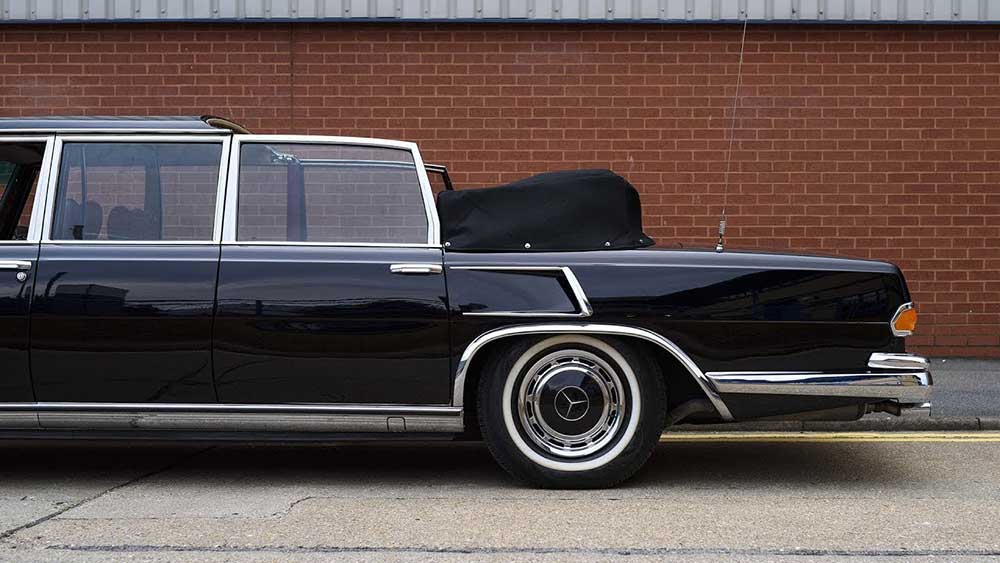
1977 Mercedes Benz 600 Pullman State Landaulet
a landaulet, also known as landaulette, is a car body
style where the rear passengers are covered by a convertible top. Often
the driver is separated from the rear passengers by a division, as with
a limousine.
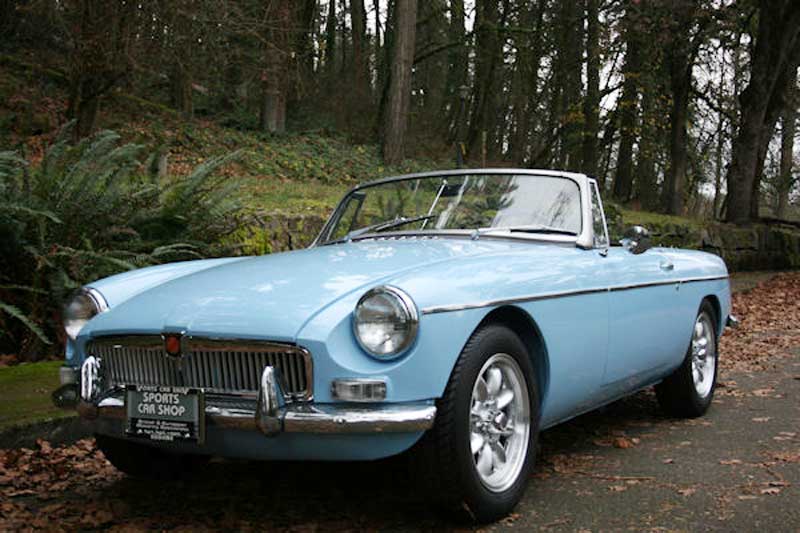
1966 MGB roadster
a roadster (also spider, spyder) is an open two-seat
car with emphasis on sporting appearance or character. The term
"roadster" originates in the United States, where it was used in the
nineteenth century to describe a horse suitable for travelling. By the
end of the century the definition had expanded to include bicycles and
tricycles. In 1916, the United States Society of Automobile Engineers
defined a roadster as: "an open car seating two or three. It may have
additional seats on running boards or in rear deck." Due to it having a
single row of seats, the main seat for the driver and passenger was
usually further back in the chassis than it would have been in a
touring car. Roadsters usually had a hooded dashboard.
In time, the word came to refer to a two-seat car with no weather
protection; its usage has spread internationally and has evolved to
include two-seat convertibles. In the United Kingdom, historically the
preferred terms were "open two-seater" and "two-seat tourer". Since the
1950s, the term "roadster" has also been increasingly used in the
United Kingdom.
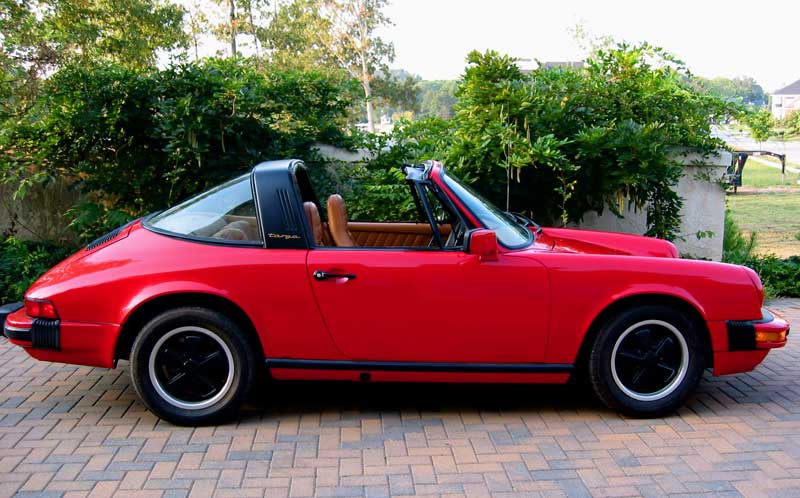
1966 Porsche 911 Targa
car roof characterized by a removable centre section.
The term first came into being with the 1966 Porsche 911 Targa, which
was advertised as a "convertible with a roll bar." It is named after
the Targa Florio, a famous road race in Sicily from 1906-1977.
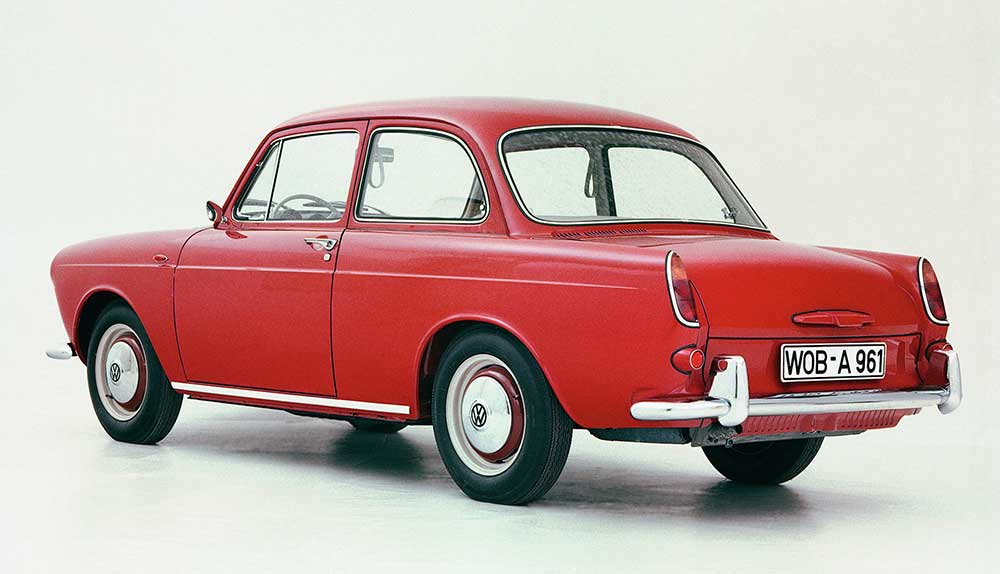
1967 Volkswagen 1500 Type 3 Notchback
a category of car characterized as having a three-box
design where the trunk volume is less pronounced than the front engine
and passenger compartments. Also known as a hatch or hatchback, the
term came into popular useage in the 1970s by car manufacturers to
deferentiate between smaller booted versions of a partcular model
vehicle. The terms squareback did not have the same meaning; it refered
to a station wagon version of a model range which included a hatchback
and/or a sedan.
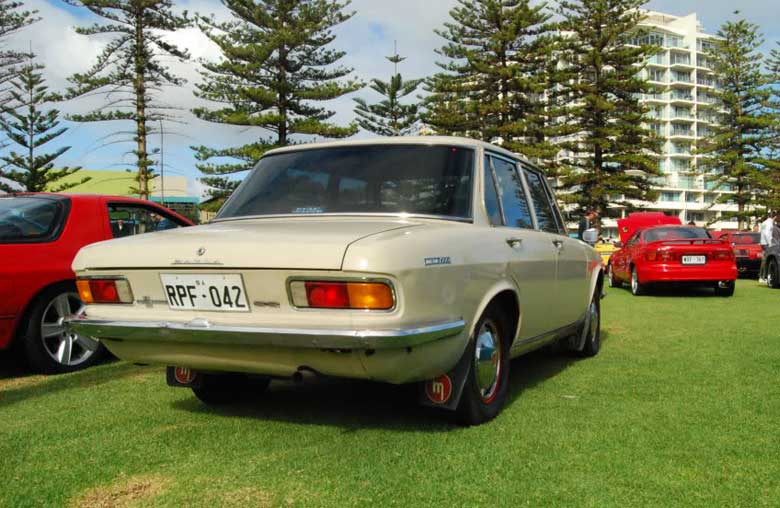
1969 Mazda 1500 sedan
a sedan, or saloon, is a passenger car in a three-box
configuration with separate compartments for engine, passenger, and
cargo. Sedan's first recorded use as a name for a car body was in 1912.
The name comes from a 17th-century development of a litter, the sedan
chair, a one-person enclosed box with windows and carried by porters.
Variations of the sedan style of body include: close-coupled sedan,
club sedan, convertible sedan, fastback sedan, hardtop sedan, notchback
sedan and sedanet/sedanette.
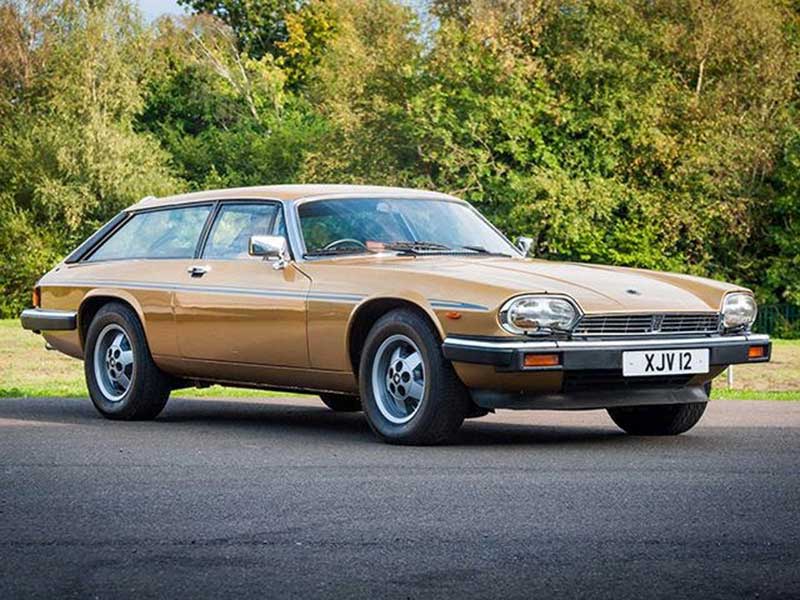
Jaguar XJS Shooting Brake
a car body style which originated in the 1890s
as a horse-drawn wagon used to transport shooting parties with their
equipment and game. The first automotive shooting brakes were
manufactured in the early 1900s in the United Kingdom. The vehicle
style became popular in England during the 1920s and 1930s, and was
produced by vehicle manufacturers or as conversions by coachbuilders.
The term was used in Britain interchangeably with estate car from the
1930s, but has not been in general use for many years and has been more
or less superseded by the latter term. In most countries the estate car
is refered to as a station wagon or station sedan.
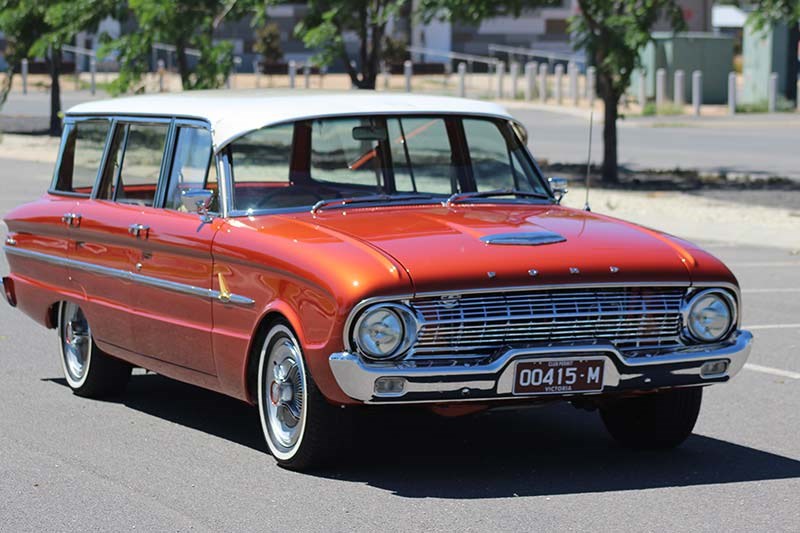
1962 Ford Falcon XL Station Wagon
also called an estate car, estate or sedan, is a
car body style which has a two-box design, a large cargo area and a
rear tailgate that is hinged to open for access to the cargo area. The
body style is similar to a hatchback car, but station wagons are often
longer and are more likely to have the roof-line extended to the rear
of the vehicle body. (resulting in a vertical rear surface to the car)
to provide ample space for luggage and small cargo. In recent years the
use of the name 'station wagon' has been replaced by 'wagon'.
The first station wagons, produced in the United States around 1910,
were wood-bodied conversions of an existing passenger car. During the
1930s, car manufacturers in the United States, United Kingdom, and
France began to produce similarly-styled models, and by the 1950s the
wood rear bodywork had been replaced by an all-steel body. Station
wagon and estate models sold well from the 1950s to the 1970s, after
which sales declined somewhat as minivans and SUVs have increased in
popularity.
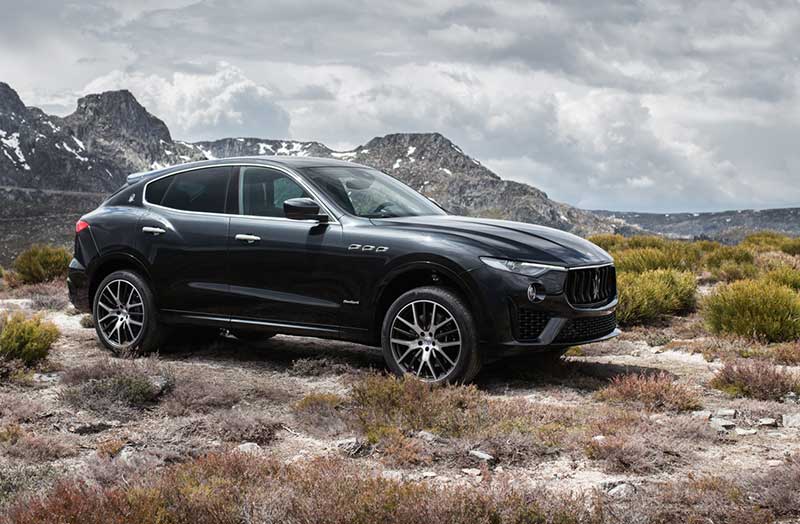
2019 Maserati Levante SUV
a powerful vehicle with higher
ground clearance that a standard sedan, allowing it to be driven over
rough ground. SUV's are produced in four-wheel drive, all-wheel drive
and two-wheel-drive formats. Larger SUVs can have a third row of seats.
Vehicles with an 8-seat carrying capacity formerly known as People
Movers are now categorised as Sports Utility Vehicles.
Grand Tourismo or Grand Tourer.
Grand Tourer Executive.
Grand Tourer Sports.
stands for "Grand Sedan."
Special Edition, Sports Edition or Special Equipment, depending on the brand. The acronyms LE, CE, XLE, S, and
XL have similar meanings.
Extra luxury.
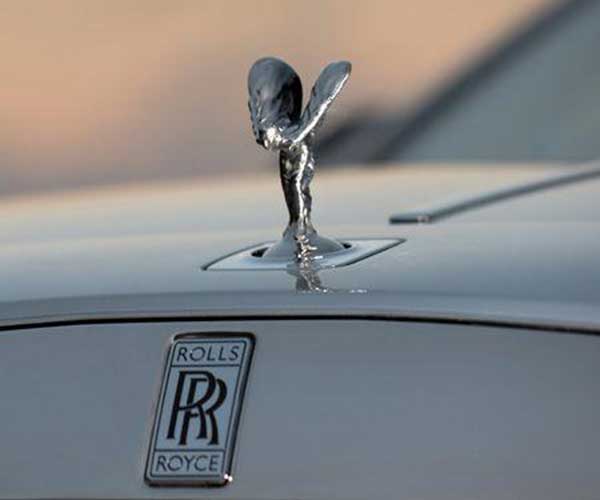
The makes and models listed here are primarily those that are either
presently sold in Australia or are no longer manufactured but were once
sold in Australia. Makes and models not sold in Australia may not be
included.
Design by W3layouts